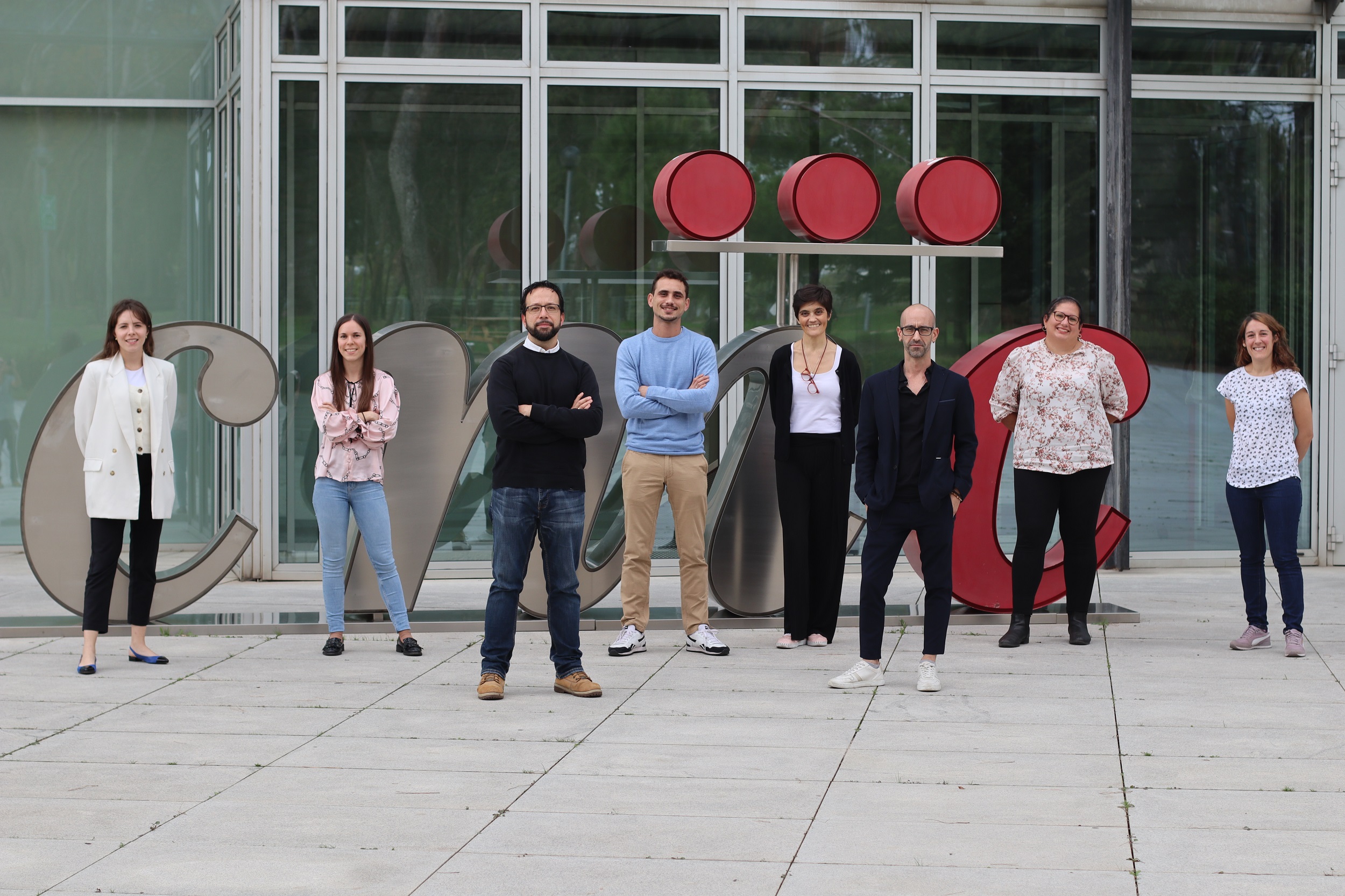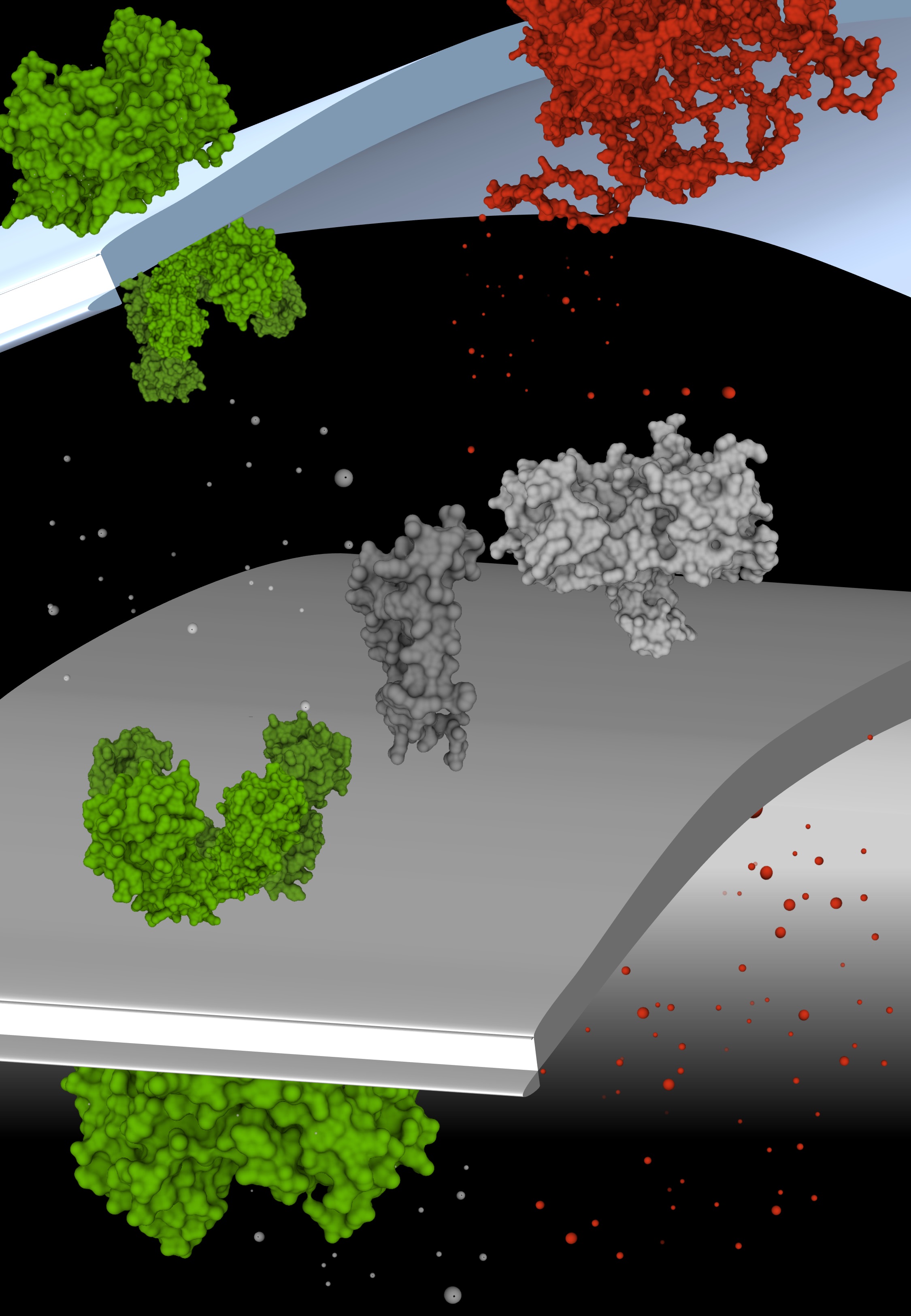Nature Cardiovascular Research: CNIC scientists identify the cause of arrhythmias and sudden death in Andersen-Tawil syndrome type 1
CNIC scientists have identified a molecular mechanism that accounts for the arrhythmias, skeletal muscle weakness, and periodic paralysis in patients with this rare disease
Two research groups at the Centro Nacional de Investigaciones Cardiovasculares (CNIC) have discovered the cause of arrhythmias and sudden death in the rare disease Andersen-Tawil syndrome type 1 (ATS1), which is caused by mutations affecting potassium channels that regulate electrical activity and the intracellular calcium cycle in cardiac and skeletal muscle.
The teams led by Drs. José Jalife and Juan Antonio Bernal have discovered a previously unknown function of Kir2.1 channels, which control the essential electrical properties of excitable cells such as cardiac muscle, skeletal muscle, and neurons.
ATS1 is a rare autosomally inherited disease characterized by frequent ventricular arrhythmias and associated with developmental alterations of varying severity.
Using a combination of confocal microscopy imaging and biochemical and electrophysiological assays, the teams found that Kir2.1 is located in the cell membrane and in the endoplasmic reticulum. In the cell membrane, potassium flow through Kir2.1 is involved in the regulation of electrical activity, whereas Kir2.1 activity in the endoplasmic reticulum is implicated in the control of excitation–contraction coupling.
The Nature Cardiovascular Research study demonstrates that these distinct Kir2.1 microdomains are found in different species and different muscle cell types, indicating that they are involved in important and conserved cell functions.
In addition, said Dr. Bernal, the study reports “the generation and detailed characterization of a new mouse model of ATS1.”
The scientists generated an adeno-associated virus (AAV) carrying a mutant version of KCNJ2, the gene that encodes Kir2.1. The mutant Kir2.1 protein does not traffic correctly to its physiological location in cardiac muscle cells. This approach enabled the team to identify the molecular defect underlying the life-threatening arrhythmias in ATS1 patients.
“These arrhythmias are similar to those in another, equally milign hereditary disease called catecholaminergic polymorphic ventricular tachycardia [CPVT],” said Dr. Jalife.
The exciting findings have been highlighted by the journal in a 'News and Views' editorial.
In a recent review article in Cardiovascular Research, several of the CNIC authors describe ATS1 as a triad of ventricular arrhythmias, periodic paralysis, and dysmorphic features produced by loss-of-function mutations in KCNJ2; however, until the new study the mechanism underlying these arrhythmias has remained unknown.

First author Dr. Álvaro Macías explained that “the mouse model recapitulates the electrical anomalies seen in ATS1 patients, including the high arrhythmia burden and the susceptibility to tachycardia and ventricular fibrillation, the immediate cause of sudden death in ATS1.”
The results presented in the Nature Cardiovascular Research article suggest a molecular mechanism that can explain the arrhythmias, skeletal muscle weakness, and periodic paralysis seen in ATS1 patients.
“It is important to emphasize that the new findings also show that flecainide, a commonly used drug that often fails to control arrhythmias in ATS1 patients, substantially exacerbates the ATS1 phenotype and increases the risk of arrhythmias in the mouse model,” added Dr. Jalife.
These findings, continued Jalife, “serve as a warning on the clinical use of this drug, which, depending on the specific case, can be harmful to patients with this disease.”
The dual function of Kir2.1 identified in the study should lead to novel, more effective targets in the treatment of ATS1, as well as overlapping disorders related to calcium dynamics alterations, both hereditary conditions like CPVT and possibly acquired conditions such as heart failure, which affects millions of people worldwide.
The project was supported by the La Caixa Foundation, the Instituto de Salud Carlos III with cofunding from the European Regional Development Fund and European Social Fund, Fundació La Marató de TV3, and the European Union Horizon 2020 programme.











